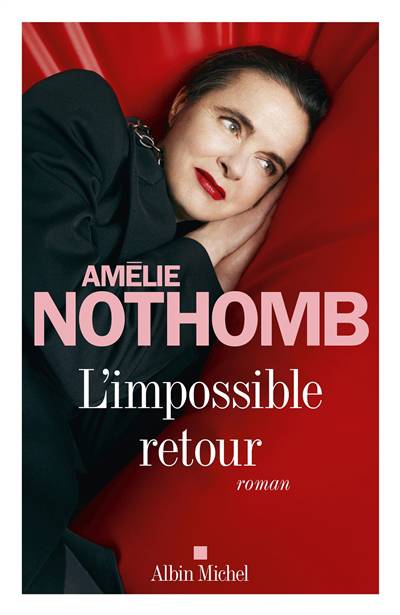
- Retrait gratuit dans votre magasin Club
- 7.000.000 titres dans notre catalogue
- Payer en toute sécurité
- Toujours un magasin près de chez vous
- Retrait gratuit dans votre magasin Club
- 7.000.000 titres dans notre catalogue
- Payer en toute sécurité
- Toujours un magasin près de chez vous
177,45 €
+ 354 points
Description
The apicomplexan parasite Cryptosporidium parvum is a significant cause of human and animal diarrheal disease worldwide. This parasite is currently recognized as the causative agent of numerous outbreaks of waterborne diarrheal disease. C. parvum infection in immunocompetent individuals is asymptomatic or associated with self-limiting diarrheal illness. However in immunocompromised hosts, such as patients with acquired immunodeficiency syndrome (AIDS), Cryptosporidium may cause severe, protracted and possibly fatal diarrheal disease. C. parvum isolates can be divided into two genetically distinct groups, one designated genotype I, exclusively associated with human infections, and the other genotype II, associated with both human and animal infections. The majority of infections associated with waterborne outbreaks are of genotype I. Published genotypic information of C. parvum from waterborne outbreaks particularly in the USA suggests that up to 80% of infected humans excrete genotype I oocysts. However, most studies related to water borne transmission use genotype II oocysts. C. parvum oocysts can survive for many months in water and are resistant to several disinfectant treatments. The prolonged survival of oocysts as well as the resistance to disinfectants is attributed to the presence of a thick wall that is believed to serve a protective function by isolating the parasite from the external environment. Ultrastructurally, the oocyst wall consists of two electron dense layers, an outer irregular 10 nm layer separated by an electron-lucent space from an inner thicker electron dense layer. A distinctive feature of the oocyst wall is the presence of a suture spanning part of the circumference of the inner wall, which undergoes dissolution during excystation. Oocyst wall formation in Cryptosporidium is initiated in wall forming bodies present in macrogametes. Although the ultrastructural features of the oocyst wall and suture have been described in some detail, very little is known about the biochemical composition and structural physiology of these important structures. In addition, very little is known about the effect of various water treatment processes or disinfectants on individual components of the oocyst wall. The integrity of the oocyst wall is responsible for prolonged survival of C. parvum in drinking water sources as well as its resistance to various disinfectants. The biochemical composition of specific components, which contribute to the structural integrity of the Cryptosporidium oocyst wall, and the effect of water treatment and purification processes on them are largely unknown. Knowledge of these components is therefore crucial in designing strategies directed at detecting and eliminating C. parvum from drinking water supplies.
Spécifications
Parties prenantes
- Auteur(s) :
- Editeur:
Contenu
- Nombre de pages :
- 112
- Langue:
- Anglais
- Collection :
Caractéristiques
- EAN:
- 9781843399056
- Date de parution :
- 19-04-05
- Format:
- Livre broché
- Format numérique:
- Trade paperback (VS)
- Dimensions :
- 210 mm x 279 mm
- Poids :
- 272 g







